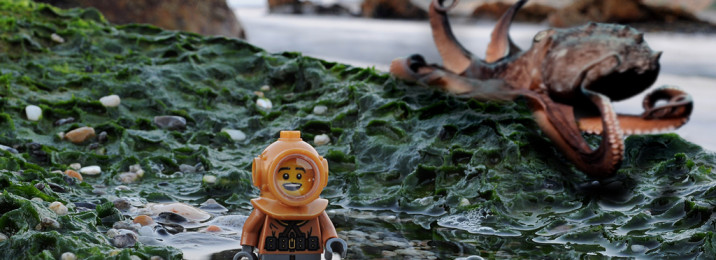What’s New in Tapas – Galicia
The north-western province of Galicia is split between four regions: A Coruña, Pontevedra, Lugo, and Ourense. Of these the most northwesterly is A Coruña, which, with its extensive coastline, is also the most open to the Atlantic Ocean of any Spanish region.
As a result, the cuisine of the area is abundant in fish and seafood; pulpo a feira (chopped and boiled octopus dressed with olive oil, sea salt, and sweet pimientón [paprika]), chocos (fresh, deep-fried squid in batter), and anguila (eel fried in olive oil and garlic) are all common tapas, as are mejillones (mussels) prepared in the Galician style with olive oil, tomatoes, and red bell peppers. In fact, so plentiful are mussels in Galicia that the region is responsible for sourcing up to 95% of Spain’s entire stock, while matiz (silver-skinned sardines) come principally from Vilaboa, in the southwest of the region – another popular tapa when flame-grilled from fresh and dusted with sea salt.
Most Galicians live outside of the capital cities in the inland rural regions, however, and the most common tapas reflect this. Pimientos de Padrón, for instance, the fresh and lightly fried green peppers served hot with rock salt are popular throughout Spain, and are famous as a kind of “Russian roulette” in that one out of every five is spicy. Other inland tapas use a lot of beans, eggs, and mushrooms, as well as a lot of pork products (from leg to stomach to shoulder to ear and various types of chorizo) and a range of vegetables including artichokes and cachelos (potatoes boiled with salt and bay leaf and served with olive oil and pimientón).
Food is a way of life to the Galicians, and the kitchen is the most important room in the house. So ingrained in the life and pace of this region is food that, until very recently, Galician cuisine has remained quintessentially traditional. Galician tapas are also characterised by generous servings, particularly in Lugo (the province as well as its capital) where they tend to be given free with a drink.
Most tapas bars in the city of Lugo, including the Old Quarter and A Milagrosa, are very traditional. Even in the newer sector of Acea de Olga, which is close to the university and therefore frequented by a younger crowd, unusual or contemporary tapas are rare.
At least one bar (Comarea) in A Coruña, Galicia’s most populous city, has risen to the level of haute cuisine, yet this centrally-located and Michelin-starred establishment nevertheless keeps to the old favorites of fish, pulpo (octopus), and hams.
Only really in the provincial capital of Santiago de Compostela do we see the kind of avant-garde tapas that are sweeping the rest of northern Spain. Casa Marcelo, for instance, on Rúa das Hortas, presents traditional Galician tapas with Japanese flair, charging rather a lot for tempura olives and marinated sardines. Meanwhile, Calderón on Carreira do Conde updates Galician seafood classics with seared cod and pistachio oil, and bass with candied quail eggs.
Tapas are often more about what is economically the most viable to produce than only using local ingredients, even if the two sometimes coincide. This is one reason why, in other areas of Spain, the problem of keeping up with increasingly high tourist expectations while keeping costs down has been met by creating novel and interesting tapas – often influenced by international cuisines that don’t require expensive ingredients. In Galicia, however, a wide variety of naturally abundant ingredients from along the extensive Atlantic coastline and temperate inland regions mean that Spanish flavors continue to reign supreme.


No comments
You can be the first one to leave a comment.